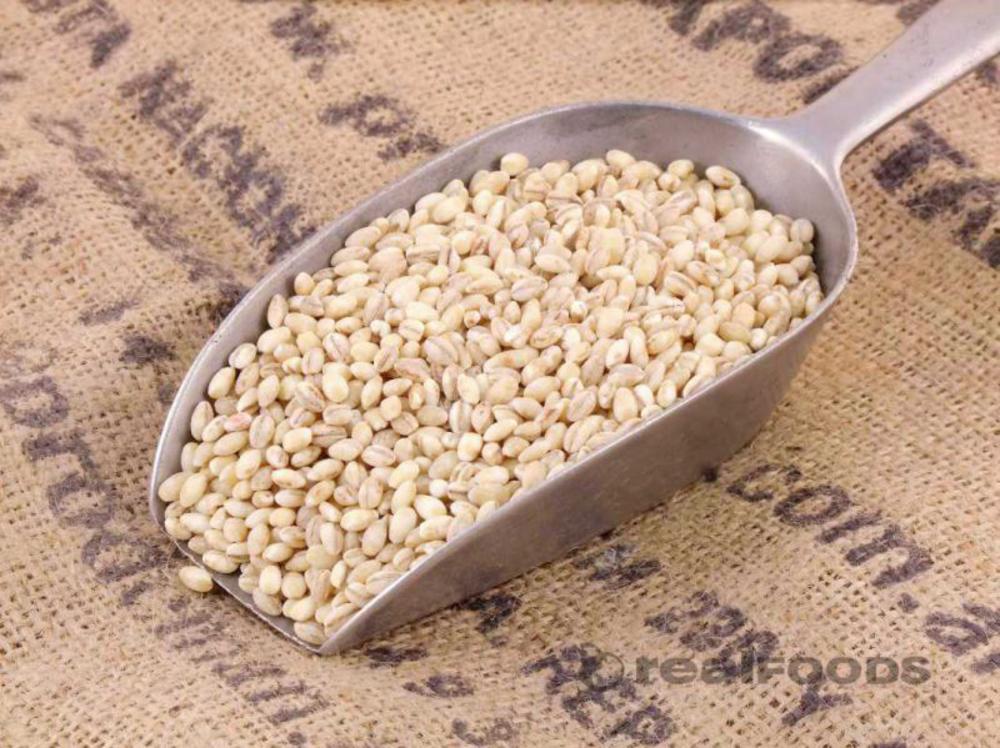
What is pearl barley?
Barley is a chewy, nutty-flavoured grain, personified in Burns' ballad John Barleycorn and a key ingredient in beer and whisky production. It can be grown in a range of climates, from Arctic and alpine altitudes to desert oases.
Pearl barley, as opposed to pot or Scotch barley, is the variety most commonly used. The outer bran is removed and the grain polished to a shiny 'pearl', making it more tender to the bite and easier to cook.
As a health food, its fibre content promotes digestion and helps to regulate blood sugar. It contains protein, plus B vitamins and iron for energy production, and calcium for bone strength. It is not suitable for those on gluten-free diets.
Store the grains in a cool, dry place away from sunlight and in an airtight container.
How to cook pearl barley
Barley was used by the Ancient Egyptians to make beer and barley bread, and in Ancient Greek rites. It has been a staple food in Tibet for centuries in the form of tsampa, where roasted barley flour is mixed with yak butter and formed into dough balls or porridge.
It is used in a variety of Middle Eastern dishes, as well as in mugicha tea in Japan. In Scotland, it is used to make bannock. Pearl barley is also used to make barley water, usually sweetened and flavoured with orange or lemon.
In everyday cooking, this versatile grain can be used in salads, hearty soups, stews and pilaf as well as orzotto, an Italian dish similar to risotto but using pearl barley in place of rice.
Cook two parts water to one part pearl barley and simmer for 30 minutes or until tender.
Recipes
Try this Pearl Barley Salad
Or a Spring Vegetable Barley Risotto
Real Foods How To Cook Guides